DrBeen Articles
With 193 of videos in our articles, and new content being added weekly, we got you covered!
Category
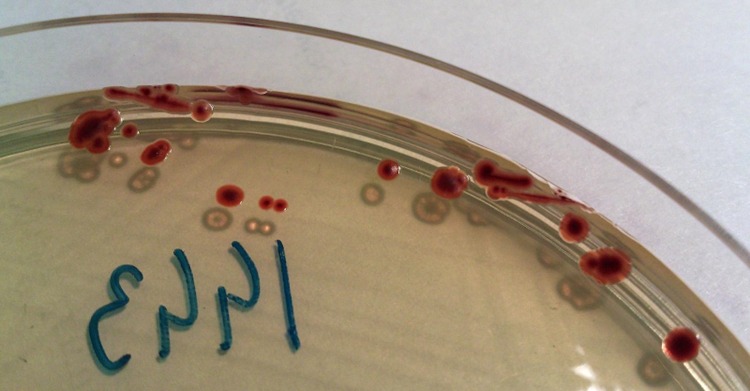
Campylobacter Jejuni
Staining and Microbiologic Features: C. Jejuni is an S-shaped rod that is non-spore forming and exhibits gram-negative staining [1]. C. Jejuni flourishes in an environment with...
Vibrio
Vibrio is a genus of bacteria that includes several species known to cause diseases in humans and other animals. These bacteria are typically found in marine environments and are shaped like curved rods. Some notable species include Vibrio cholerae, which causes cholera, and Vibrio parahaemolyticus, which can cause gastrointestinal illness. Vibrio infections are often associated with consuming contaminated seafood or exposure to contaminated water. Proper food handling and sanitation practices are essential for preventing Vibrio-related illnesses.
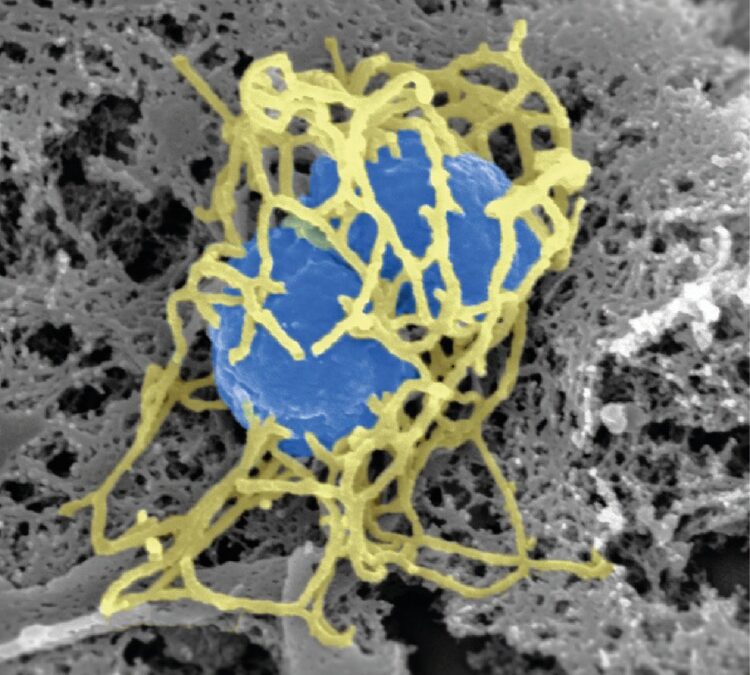
Neisseria Meningitidis
Neisseria meningitidis, commonly known as meningococcus, can colonize the mucous membranes of the nasopharynx in healthy individuals, where it may exist harmlessly without any...
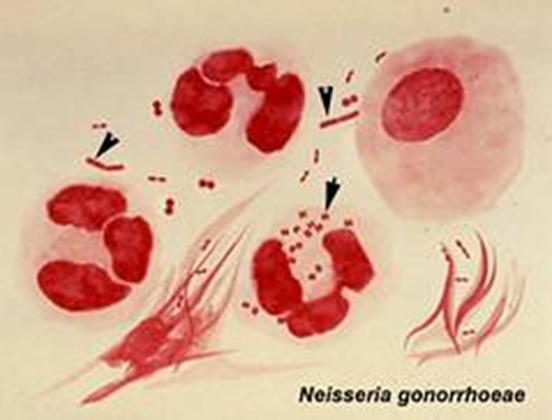
Neisseria Gonorrhoeae
Neisseria gonorrhoeae is responsible for causing one of the most frequent sexually transmitted diseases known as gonorrhea. Unlike N.meningitidis, the presence of N. gonorrhoeae...
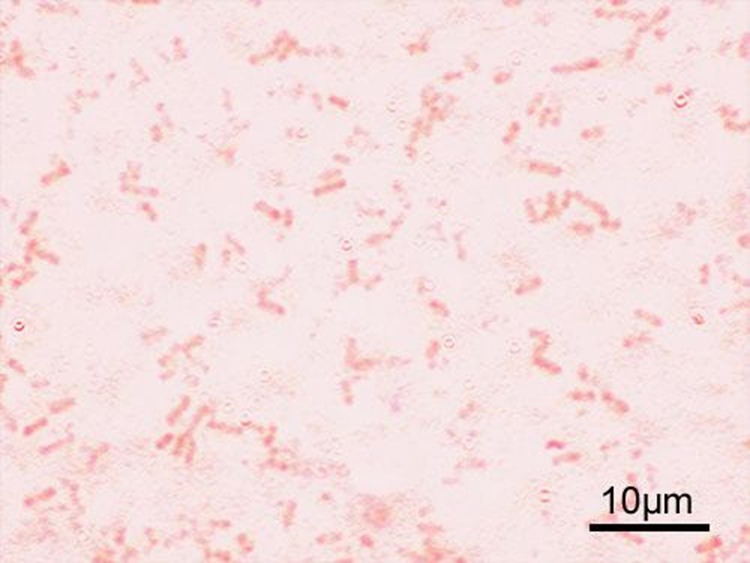
Shigella
Some species of Shigella include Shigella dysenteriae, Shigella flexneri, Shigella boydii, and Shigella sonnei. Shigella sonnei is responsible for most Shigella infections in the...
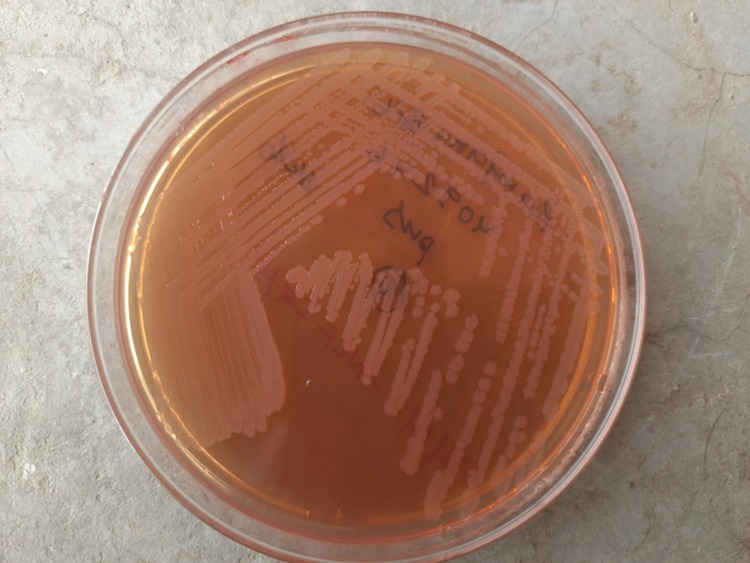
Salmonella Typhi
Salmonella Typhi is a Gram-negative, rod-shaped bacterium responsible for causing typhoid fever, a severe systemic illness. It is part of the Enterobacteriaceae family and is exclusively adapted to humans. Transmission occurs primarily through ingestion of contaminated food or water. Symptoms of typhoid fever include high fever, weakness, abdominal pain, headache, and, in some cases, a rash. Without treatment, the disease can be fatal. Vaccines are available for prevention, and antibiotics are used for treatment, although antibiotic resistance is a growing concern. S. Typhi is prevalent in areas with poor sanitation and limited access to clean water.
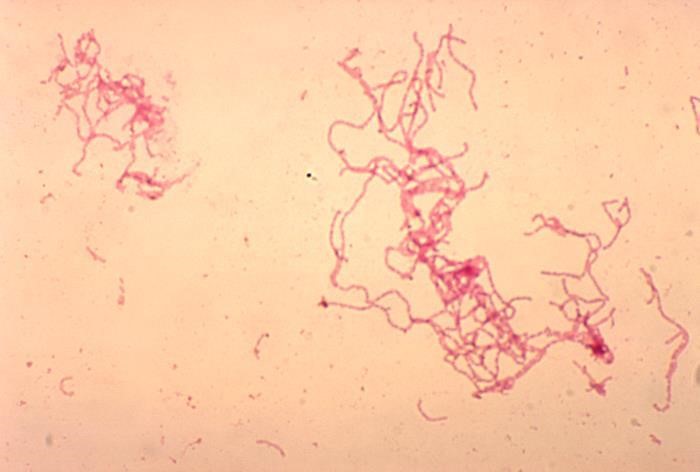
Proteus Mirabilis
Proteus Mirabilis According to Greek mythology, Proteus was an ancient sea god known for his ability to change its shape. This reference reflects the bacterial ability to form...

Haemophilus Ducreyi
Staining and Microbiologic Features: Gram-negative bacilli [1] It requires Factor X (hemin) for its growth [2] Factor V (NAD) is not necessary for its growth [1] . H. influenzae...
Mechanism of Gram Staining
Put bacteria on plate (if from another plate then dilute agar first); Warm the plate to fix bacteria; Add gram stain; 20-30 seconds; wash it; Add iodine (mordant) Add drops of ...
Bacterial Structure
Review: Remember the structure of bacteria is slightly different between the gram +ive and gram -ive, and pleomorphic bacteria which don’t have a cell wall. Think of a bacterium...
Campylobacter Jejuni
Vibrio
Vibrio is a genus of bacteria that includes several species known to cause diseases in humans and other animals. These bacteria are typically found in marine environments and are shaped like curved rods. Some notable species include Vibrio cholerae, which causes cholera, and Vibrio parahaemolyticus, which can cause gastrointestinal illness. Vibrio infections are often associated with consuming contaminated seafood or exposure to contaminated water. Proper food handling and sanitation practices are essential for preventing Vibrio-related illnesses.
Neisseria Meningitidis
Neisseria Gonorrhoeae
Shigella
Salmonella Typhi
Salmonella Typhi is a Gram-negative, rod-shaped bacterium responsible for causing typhoid fever, a severe systemic illness. It is part of the Enterobacteriaceae family and is exclusively adapted to humans. Transmission occurs primarily through ingestion of contaminated food or water. Symptoms of typhoid fever include high fever, weakness, abdominal pain, headache, and, in some cases, a rash. Without treatment, the disease can be fatal. Vaccines are available for prevention, and antibiotics are used for treatment, although antibiotic resistance is a growing concern. S. Typhi is prevalent in areas with poor sanitation and limited access to clean water.

